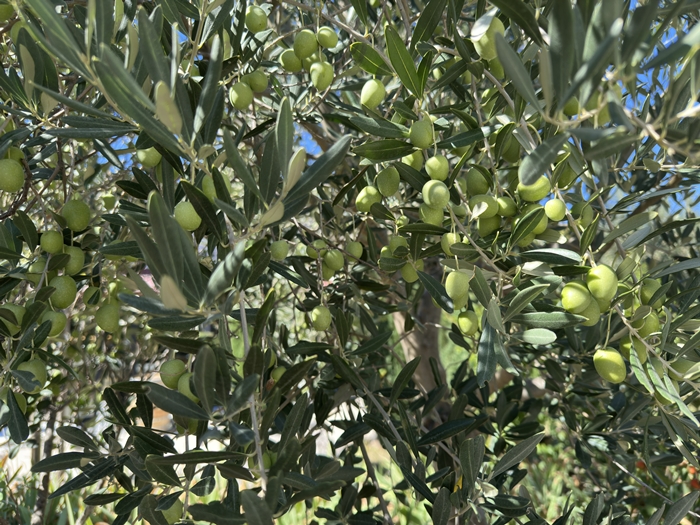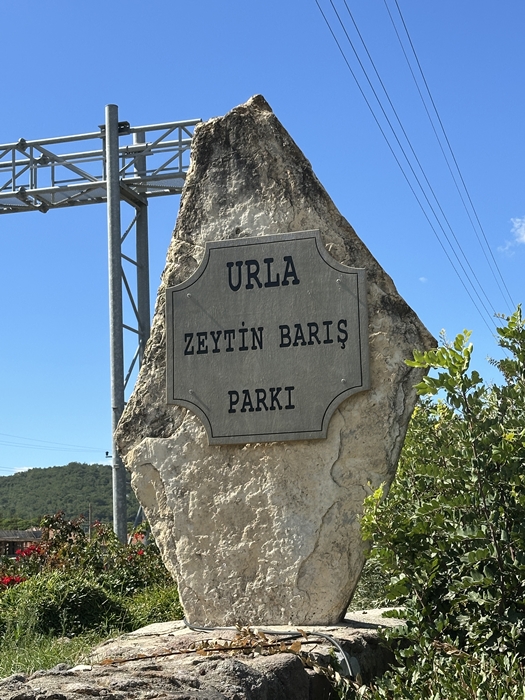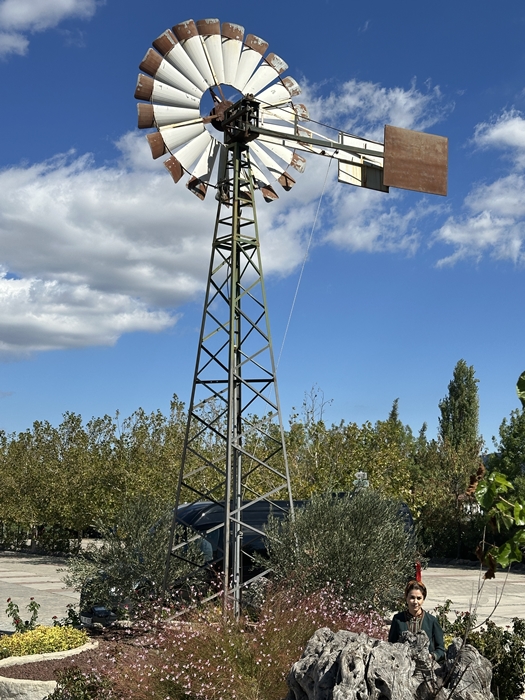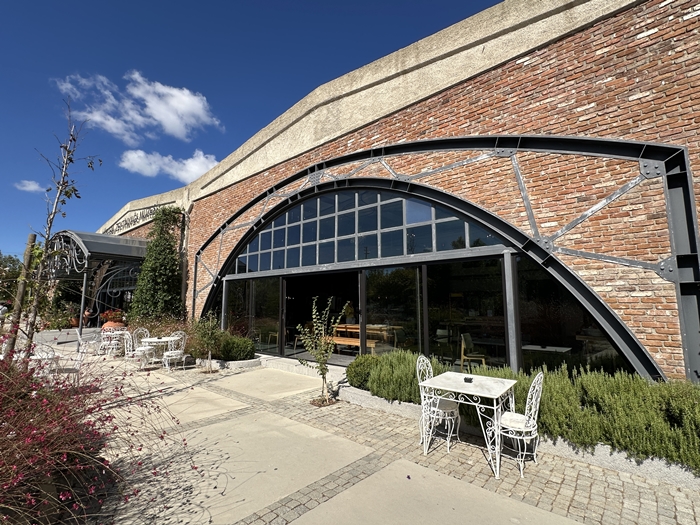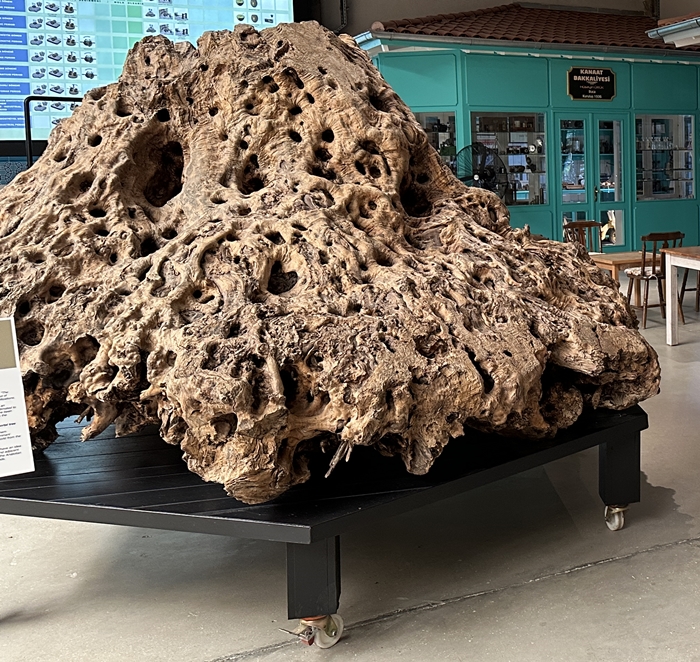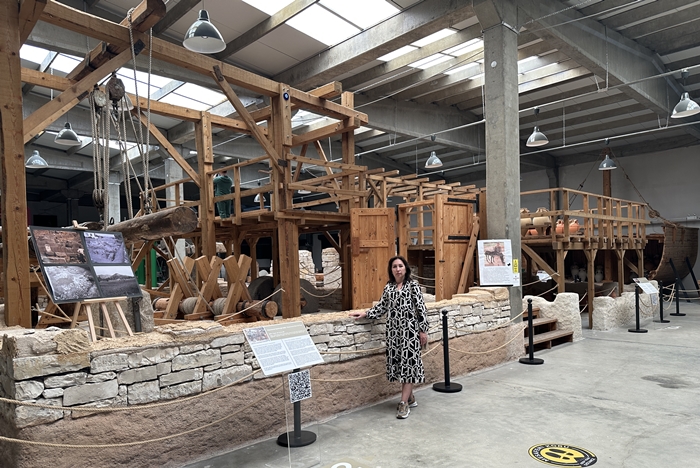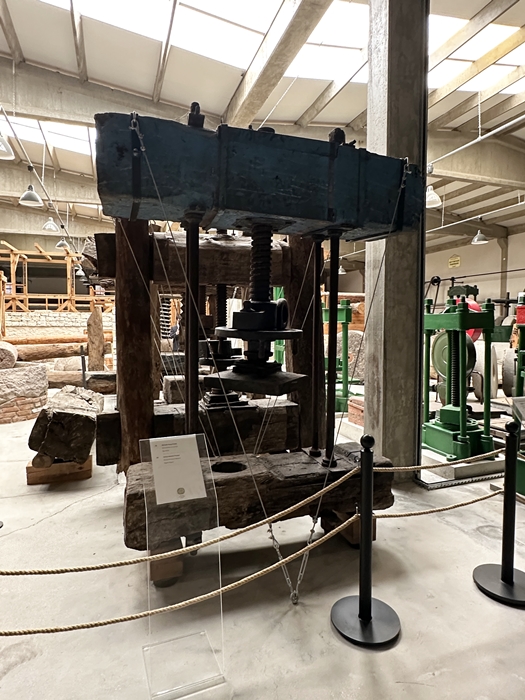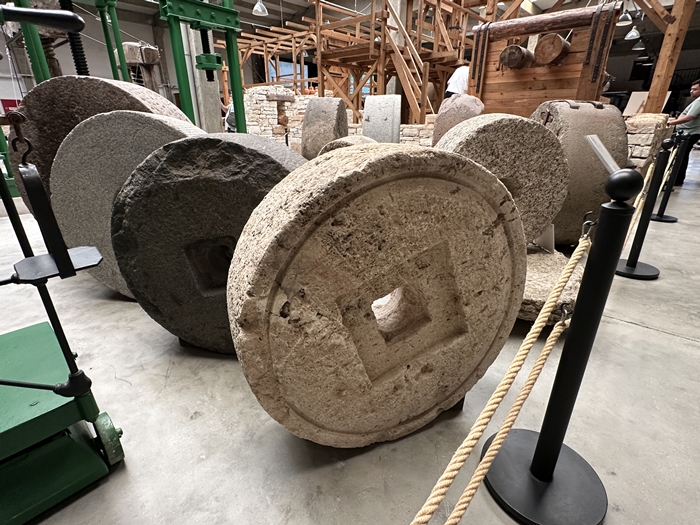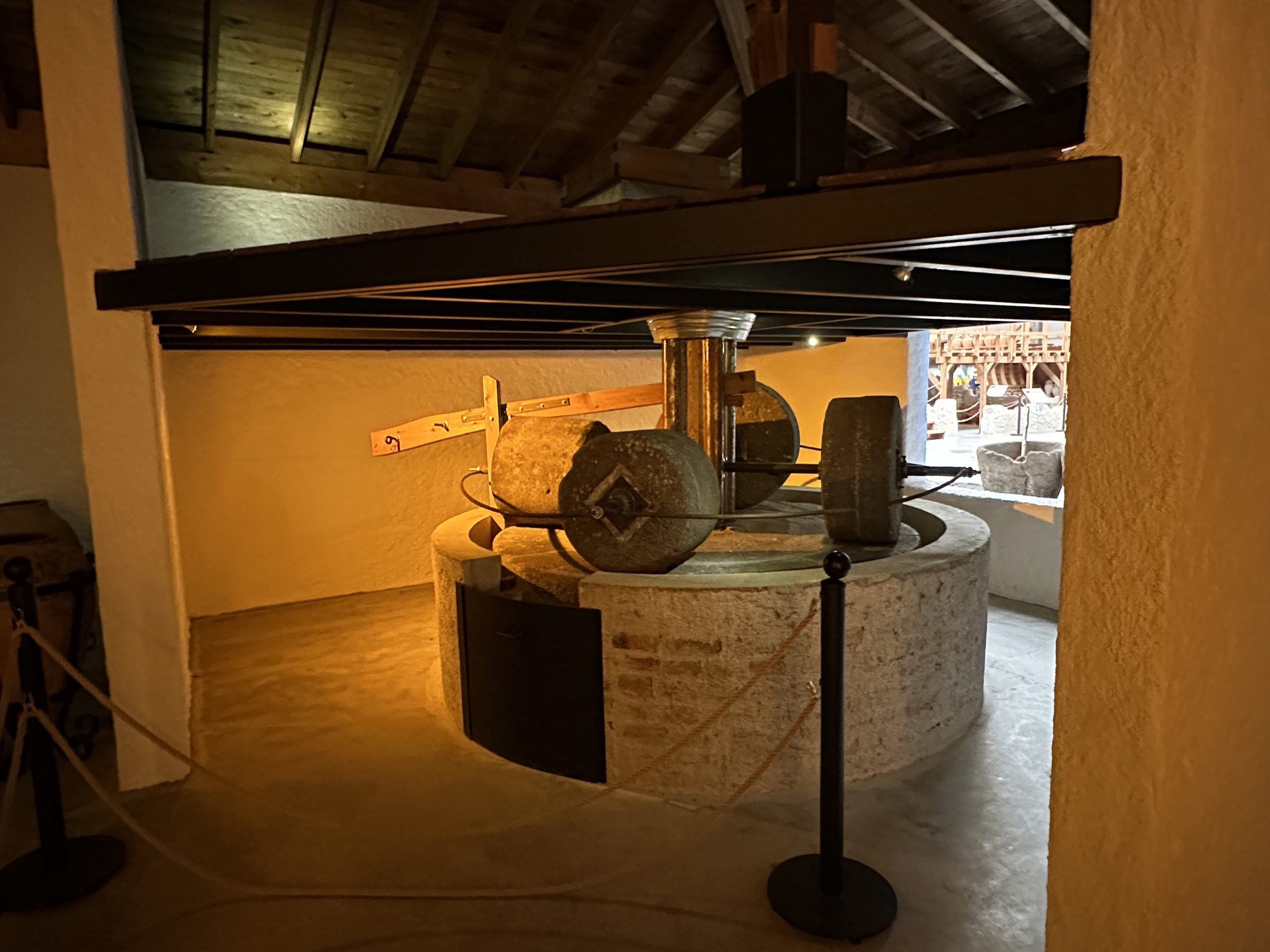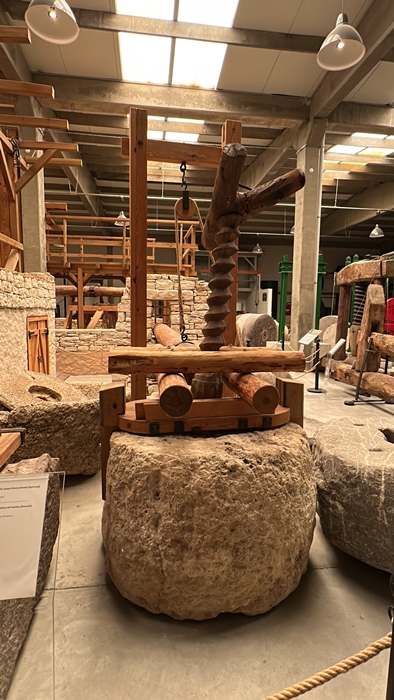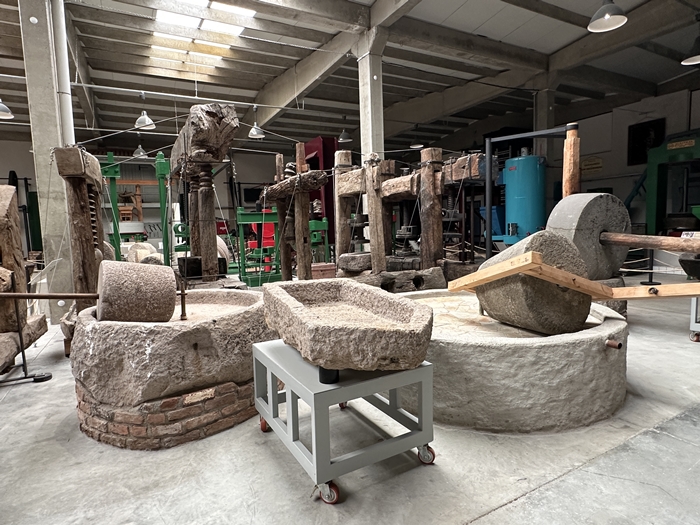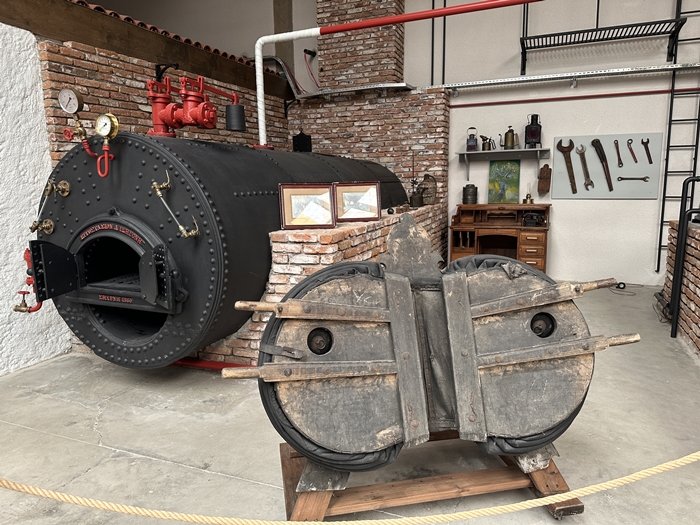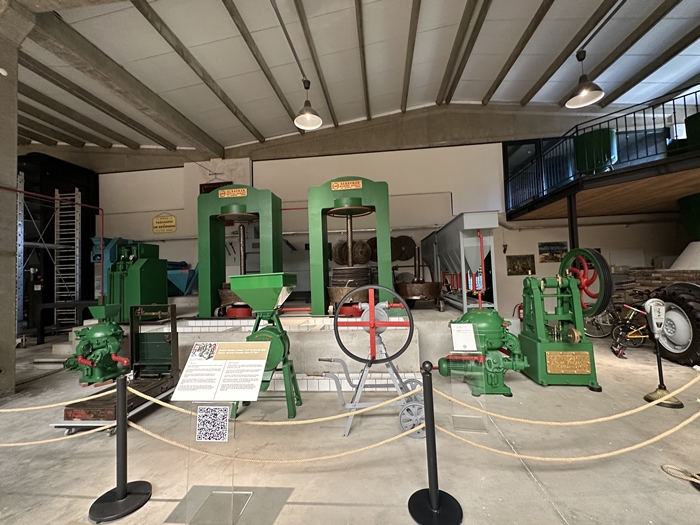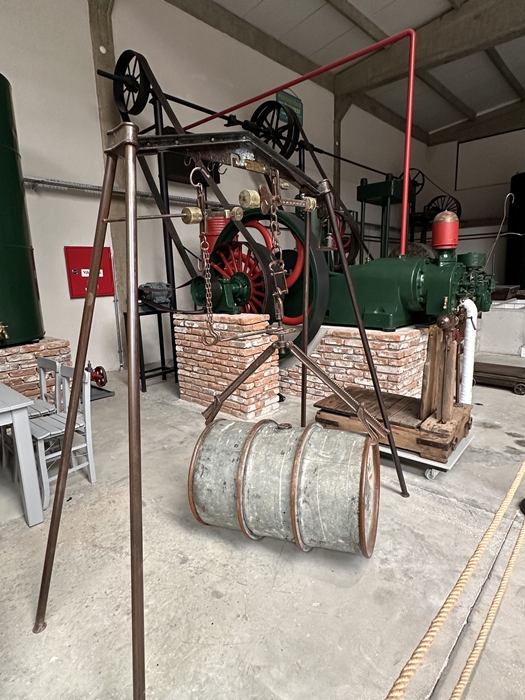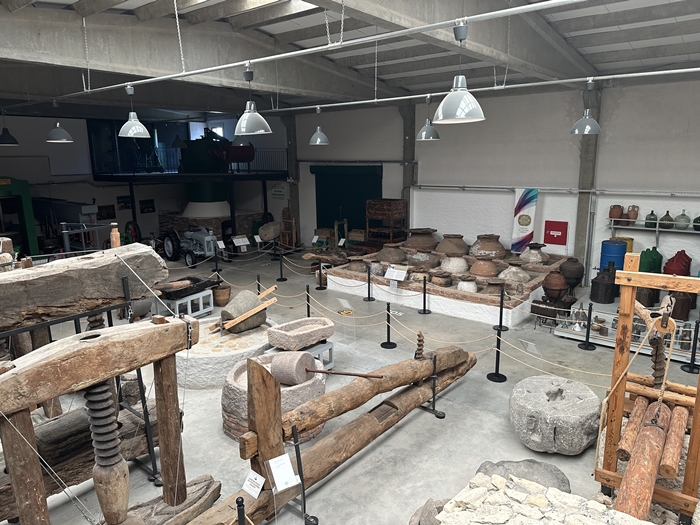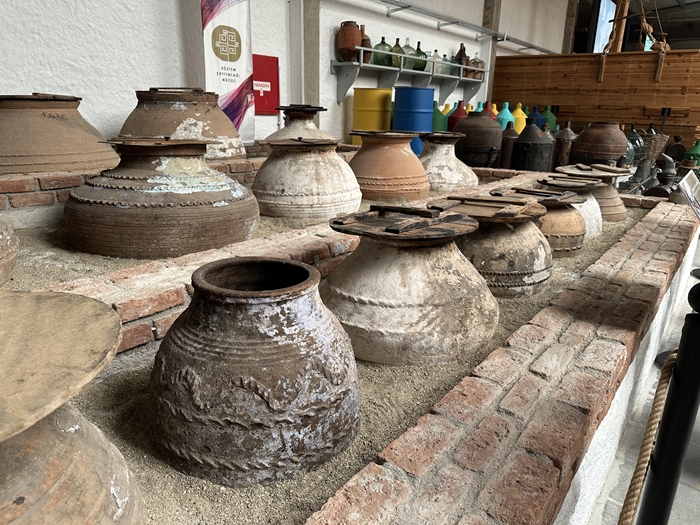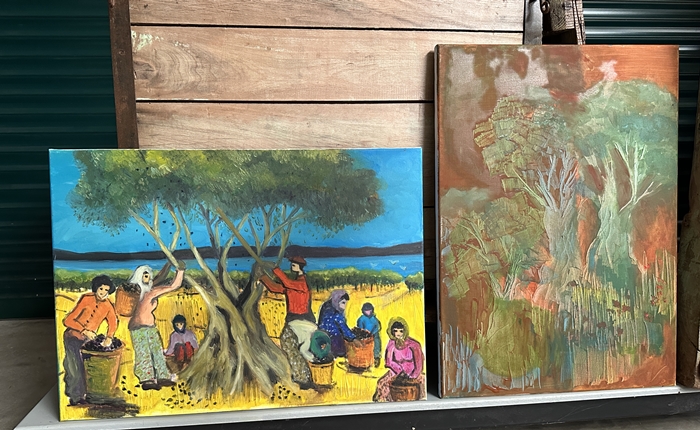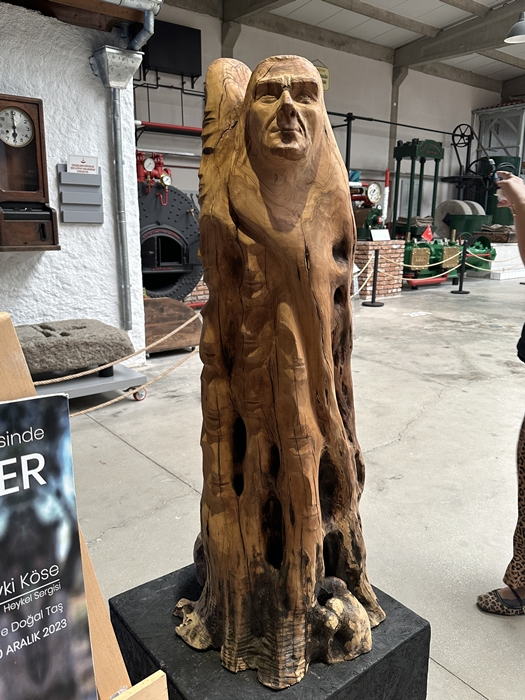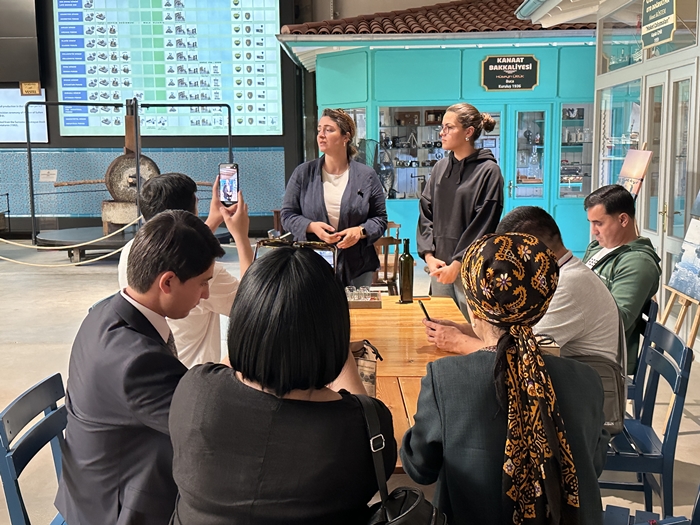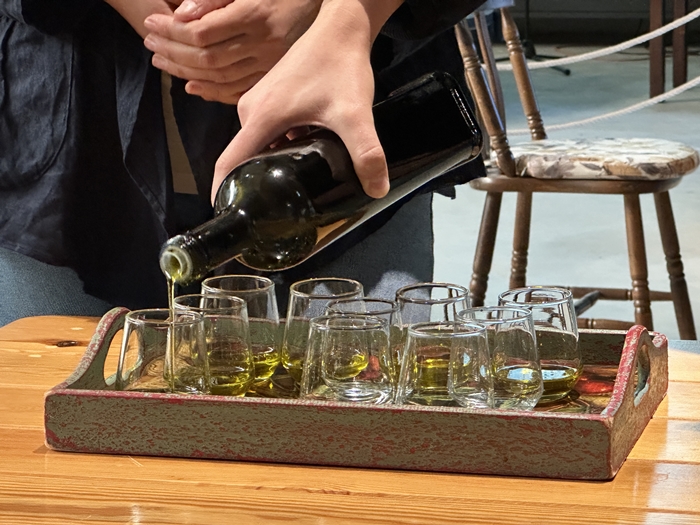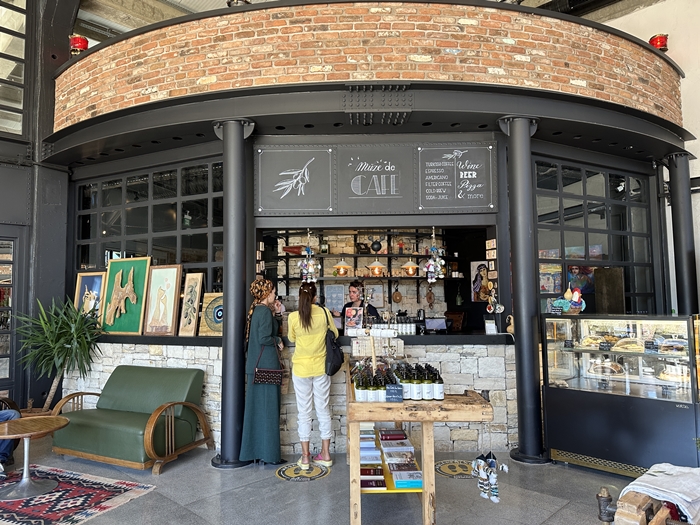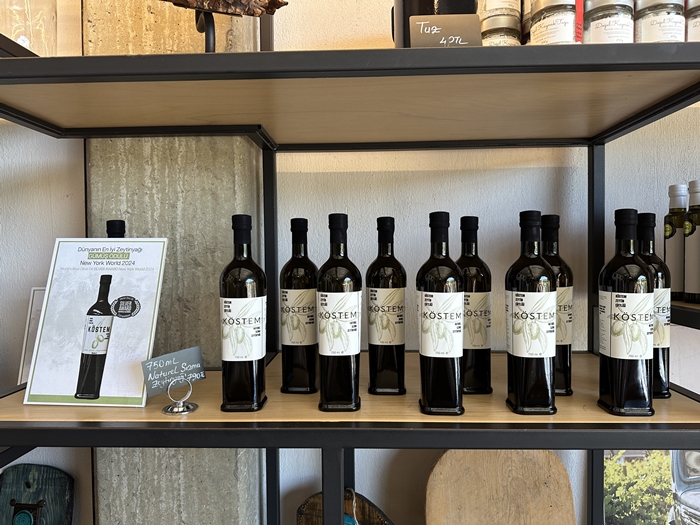Elvira Kadyrova
Olive oil, a cornerstone of Turkish and Mediterranean cuisine, has seen a surge in popularity worldwide, including in Turkmenistan. This growing demand is fueled by a global shift towards healthier eating habits. For journalists from Turkmenistan, a visit to the Köstem Olive Oil Production Museum in Urla was a highlight of our Izmir press tour.
While olives are cultivated across Türkiye’s Aegean, Marmara, Mediterranean, and Southeastern regions, a significant 75% of the country’s olive groves are concentrated along the Aegean coast. This region’s ideal climate and fertile soil contribute to the production of high-quality olives.
Located in the charming Urla district, the Köstem Olive Oil Museum offers a captivating journey into the rich history of olive oil production in Türkiye. This unique institution showcases the centuries-old traditions and cultural significance of olives in Turkish society.
Founded by orthopedic and traumatology specialist Dr. Levent Köstem and his wife Mrs. Güler, the Köstem Olive Oil Museum is a testament to their unwavering dedication. Years of meticulous research, tracking, and collection went into creating this remarkable institution.
The museum’s collection is a treasure trove of historical artifacts, including millstones, furnaces, crushers, bottles, amphorae, and even olive oil lamps dating back 3,000 years. The founders gathered these items from across the Aegean region.
The museum has successfully restored an ancient oil production system that dates back to 3000 BC. This system, comprising grinding, pressing, and filtering processes, offers visitors a tangible connection to the past.
The museum has restored the system of grinding, pressing, and filtering oil that existed since 3000 BC. The founders of the museum took on the mission of developing olive culture in Urla and on the Cesme peninsula, the first region where olive oil was produced, and the history of olive cultivation dates back to 39 BC.
Upon entering the exhibition hall, we were greeted by the awe-inspiring sight of a 1,000-year-old olive tree root. Discovered by Levent Bey on the hills of Özbek village, this ancient relic stands as a testament to the land’s rich history.
Spanning over 20,000 hectares (including a covered area of 5,650 square meters), the Köstem Olive Oil Museum offers a comprehensive exploration of olive oil production. The museum features sections dedicated to various production technologies, cultural aspects, an operational olive oil factory and warehouse, workshops showcasing wood and ceramic craftsmanship, children’s play areas, and even a Soap and Hygiene Museum.
The tour culminated in a truly unique experience: a tasting of organic olive oil. A museum employee revealed the secret to unlocking the oil’s true essence. By warming the cups of oil in our hands, we transformed each drop into a fragrant elixir. Sipping this golden-green liquid, we delved into a magical world of aromas. The fresh scent of meadows, the subtle spiciness of pepper, and the delicate citrus tang intertwined in an exquisite bouquet of flavors.
Before departing, we couldn’t resist purchasing valuable bottles of olive oil, as well as organic soap and souvenirs from the museum boutique.
Whether you’re an adult or a child, a visit to the Köstem Olive Oil Museum is sure to be an enriching experience. You’ll gain valuable insights into the interconnectedness of man, nature, history, and culture. ///nCa, 6 October 2024
Köstem Olive Oil Museum
Olive tree root – Around 1000 years old
The Klazomenai olive oil workshop, the oldest known olive oil workshop in Anatolia, dates to the 6th century BC
Various Wooden Presses, Roman period and beyond
Olive Oil production, Ottoman period
Olive Pressing Stones
Zeytineli Village, Hatipoglu Husseyin, olive oil production workshop, 1875
An example of a lever arm press
Basalt Millstone, 1891
Steam powered Olive Oil factory, 19th Century
Boiler used for olive oil soap production (7 ton capacity, early 1907) and Massey Ferguson (known as Little energy) tractor, 1957
Electric Powered Domestic Olive Oil Plant
Electric Powered Olive Oil Factory
Barrel Scales
Storage area for Olive Oil and Table Olives
Portrait carved from olive tree root
Olive Oil Degustation
